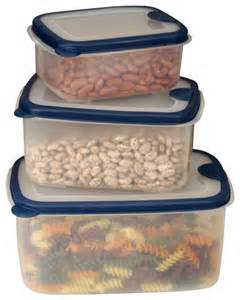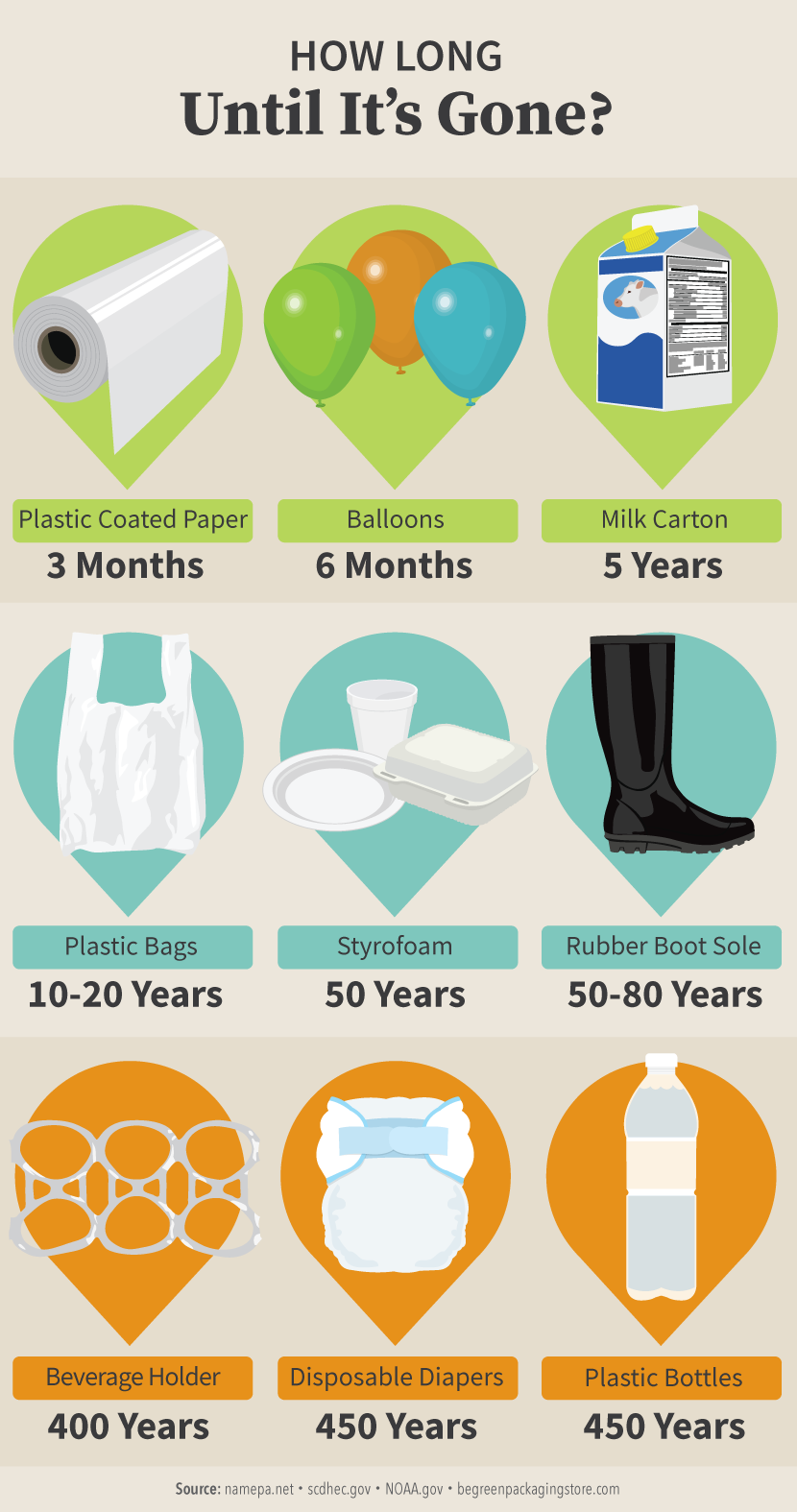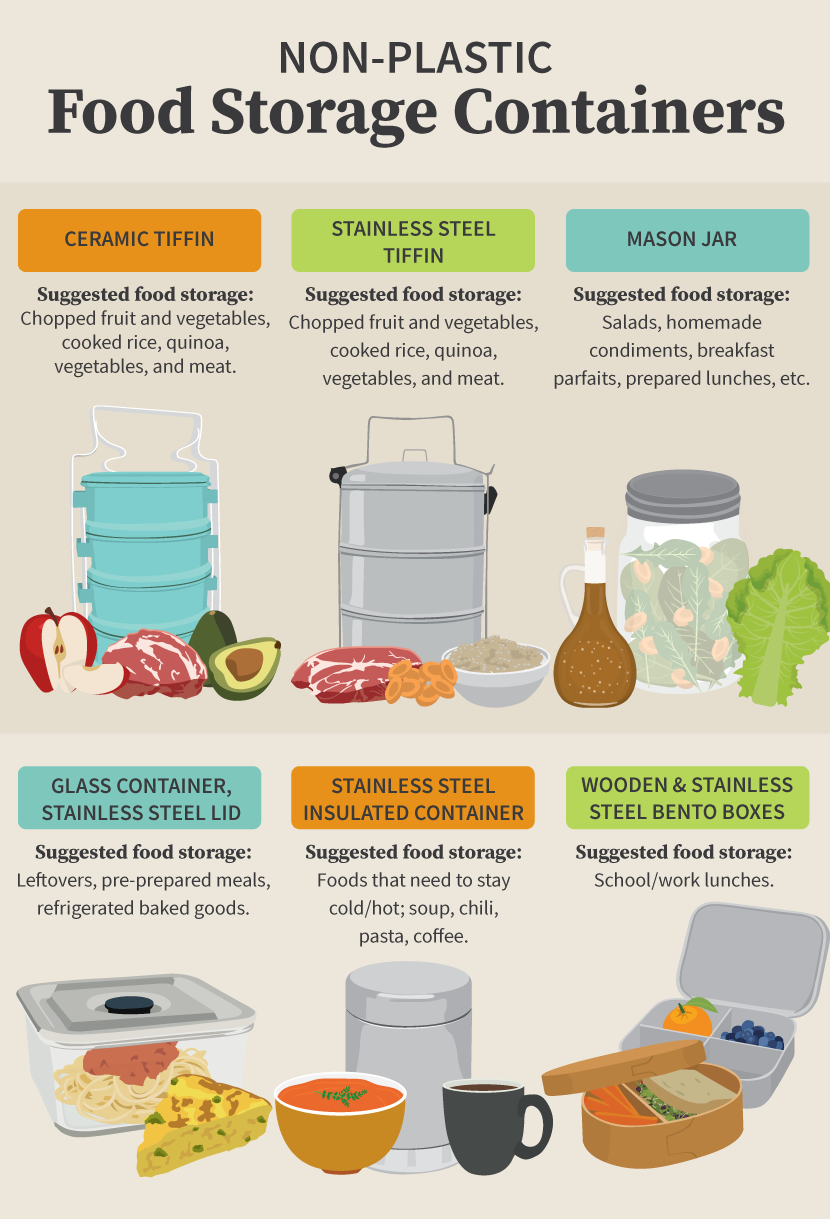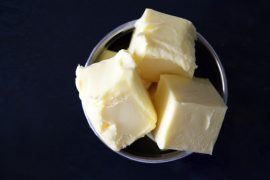There’s no question there are excellent plastic products that have done a lot to improve human lives. Items such as car seats, helmets, and medical plastics (just to name a few) are important items that not only enhance, but save lives. These are not the plastics that have people concerned.
The plastics I refer to in this article are the superfluous plastics. Those that are created for convenience and financial sake only. In fact, products such as plastic utensils are often created to be used once and then tossed into the garbage. These are what I call “daily plastics,” which are completely unnecessary otherwise.
Isn’t Recycling Plastic the Solution?
What exactly does it mean to throw something “away”? First of all, “away” isn’t in a land far, far away. It’s somewhere in our environment where we live, eat, sleep, and play. Every day, garbage is shoved into giant holes called landfills – right here on planet Earth.
When compared to landfills, recycling (taking used plastic and making new plastic) may seem like the perfect solution. But the honest truth is that recycling is second to simply reducing the amount of plastic that you bring into your home in the first place. This is because recycling plastic isn’t done with the wave of a wand.
Emissions are a major part of this system, so recycling centers are huge air polluters. While recycling remains a slightly better option than the landfill, clearly it’s not the ultimate solution. A better option revolves around the plastic supply-and-demand system. It’s simple: lessen the demand for daily plastics by using as little of it as possible. Less demand, less created.
Plastics and Human Health
The disposable aspect of daily plastics is clearly an issue for the environment. But the research has shown some compelling data that suggests that we are constantly exposing ourselves to health issues derived from everyday items.
Common plastics that are found in any home, include squeeze bottles, peanut butter jars, plastic wrap, plastic utensils, Styrofoam containers, takeout food containers, clear plastic bottles, food can liners, condiment containers, children’s sippy cups, and plastic baby bottles.
Depending on the item, polyvinyl chloride (PVC #3), polystyrene (PS #6), polycarbonate (Other #7), and bisphenol A (BPA) may be present in these products. These synthetic chemicals have been linked to many health problems, including cancer, diabetes, heart disease, and reproductive abnormalities. The nervous system and brain can be adversely affected and one of them (BPA) is a known endocrine disruptor, which means that it can mimic or block hormones, disrupting the body’s normal functions.
Although studies are inconclusive when it comes to proving just how much these chemicals are affecting us, the fact is that inadvertently we’re being bombarded by them. It’s true that our bodies are built to filter an amazing number of undesirables, but perhaps we could help by giving our bodies a little less to filter.
How to Purchase and Use Less Plastic
We’ve got some solutions that will help your body and reduce your plastic footprint starting today.
Carry Your Own Reusable Grocery Bags
Keep reusable grocery bags in your car so that you can kindly decline the plastic grocery sacks at the store. Yes, you can reuse the plastic sacks, but why bring them home in the first place? No matter how you use them later, they eventually end up in landfills and take forever to break down. In fact, go the extra mile and bring your own reusable mesh produce bags and skip those thin baggies, too.
Carry Your Own Reusable Water Container or Coffee Cup with You
Here’s where we give you permission to buy yourself a little gift. By purchasing a stainless steel (the aluminum ones are lined with plastic) or glass water bottle and/or an insulated or ceramic coffee cup, you’ll easily avoid plastic on a daily basis. Buy the most beautiful one that you can find.
Bring Your Own Eating Utensils
My mind can’t even wrap itself around all the plastic knives, forks, and spoons that are tossed into the garbage can every day, much less every month or year. Keep a set of personal cutlery in your car or purse in a cloth bag. Tuck a stainless steel straw in there, too.
Avoid Purchasing Convenience Foods
Convenience foods are easy to spot because they’re over-packaged. They show up as processed foods, frozen dinners, canned goods, and even packaged produce. Did you even realize that canned foods can become tainted with the plastic coating that’s lining the inside of the cans? And who came up with setting a few tomatoes on Styrofoam trays and then wrapping them in plastic wrap?
Use Cloth Instead of Disposable Diapers
I know it sounds gross and archaic, right? Trust me, it’s not. Cloth diapers have come a long way since the last time you checked them out. They don’t even require safety pins anymore! The new diaper covers are soft, simple, and adorable. Plus, nothing feels like a baby’s bottom swaddled in cloth.
Throw Plastic-Free Parties
You know those tacky, unattractive, flimsy party tablecloths, streamers, and banners that you grab from the party store? Stop doing that. First of all, there’s zero taste going on here. We’re all so used to them that we don’t even see them anymore – but they’re unattractive, folks. And later we toss them out without a second thought.
A much better (and more beautiful) plan is to make or purchase reusable party goods. Peruse Pinterest for some beautiful banner ideas and tablecloth tutorials – you don’t even have to sew them.
Eliminate Most (If Not All) the Plastic in Your Kitchen
The kitchen harbors an amazing amount of plastic. Imagine if you swapped them all out for these ideas instead:
- Ditch the Plastic Wrap – It takes a huge amount of time to break down, and can’t be recycled. Here are some great alternatives: Reusable Bowl Covers: Buy or make cloth covers to slide onto the top of a bowl of leftovers. Toss them into the washing machine. Use Glass Pyrex Containers: Yes, the Pyrex container lids are actually plastic. However, you aren’t using them once and then tossing, so it’s a good start. You could also use fabric lid covers in place of the lids.Reusable Food Wraps: We’re in a habit of sliding our sandwiches into those little plastic baggies. Use parchment paper instead. Did you know that there are reusable food wraps and sandwich pockets available? Glass Jars: I’m a huge fan of using canning jars for more things than I ever thought possible (including freezing food).
- Use Glass and Ceramic Plates Exclusively.
- Make Your Own Condiments: Keep them in glass jars.
- Purchase Meat from a Butcher Shop: They wrap in thick paper.
- Purchase Small Plastic Trash Bags: Save them for the really gross, wet kitchen garbage. The rest can be placed into a garbage can without a liner.
Plastic consumption around the home is perhaps the element of human impact on the planet that you can have the most daily control over. Take these tips and get started with limiting your plastic footprint today.
Reprinted with Permission from fix.com
 About the Author:
About the Author:
Chris is a gardening guru, with over 35 years of experience. When she is not busy tending to the family farm she can be found writing. She has written articles for a wide variety of publications, such as Hobby Farm Home Magazine, and Fine Gardening Magazine. She is the home agriculture editor for From Scratch Magazine, and a columnist for VegetableGardener.com. On top of all of that she has penned six books!











